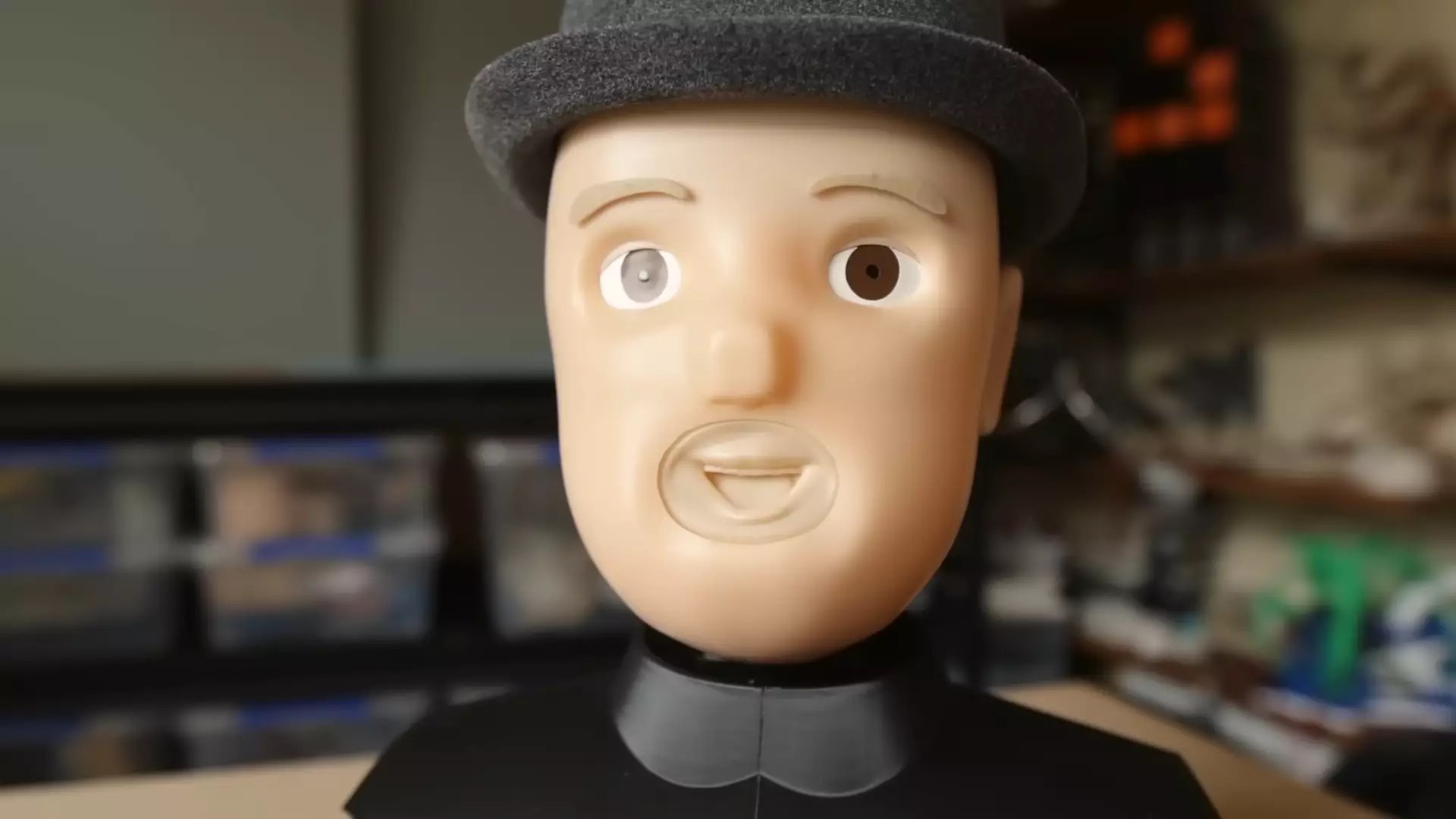In the rapidly evolving realm of robotics and artificial intelligence, there emerges a fine line between innovation and outright discomfort. Recently, a project surfaced that epitomizes this boundary—an unsettling yet fascinating assembly of a robot lip-syncing mechanism crafted from a seemingly innocuous sphere of mouths. This creation, born from the inventive mind of YouTuber Ancient, serves as a case study in how technological progress can evoke visceral reactions, oscillating between admiration for the craftsmanship and dread for the eeriness it embodies. It exemplifies how pushing the boundaries of automation and mechanization can inadvertently reflect deeper instincts of unease within us, especially when machines begin to mimic human expressions in a grotesquely distorted fashion.
The Genius and the Ghoul: Dissecting the Mechanical Frankenstein
At its core, the project is an intricate amalgamation of 3D printing, mechanical ingenuity, and programming finesse. A spherical housing containing a variety of mouth shapes—each meticulously 3D-printed—is mounted inside a doll’s head, which functions as the awkward vessel for this uncanny performer. The device spins the sphere, revealing only one mouth at a time through an opening, synchronized with audio cues. Driven by a Raspberry Pi and a stepper motor, this setup embodies a surprisingly complex blend of automation and manual input, creating lip movements meant to sync with preselected tunes. The addition of a moving brow and a custom hat suggests an effort to imbue a certain personality or character, but instead, it amplifies the disturbing aura of the whole assembly.
What stands out most is the robot’s facial expressiveness—or rather, its grotesque parody of it. The harsh gurning between verses of Gilbert and Sullivan and the vacant, unblinking stare behind the “eyes” evoke a disturbing sense of otherworldliness. Rather than charming or amusing, the mechanism’s end results border on the nightmarish, blurring the line between novelty and horror. Its autonomous movements, combined with a lack of expressive nuance and the dead-eyed gaze, plunge it into the uncanny valley—an eeriness that is difficult to dismiss.
The Power and the Pitfalls of Artistic Boundary-Pushing
This creation is a paradox. On one hand, it is undeniably impressive—a testament to ingenuity and craftsmanship. The 3D-printed components, the precise mechanical choreography, and the seamless integration with software all point to a high level of technical skill. It showcases what’s possible when creators explore the intersection of art, robotics, and automation. Yet, the impact it leaves—at least on a human viewer—is ambivalent.
There’s an almost deliberate intention by Ancient to evoke discomfort. No narration, just the whirrs, clicks, and mechanical motions set to a musical soundtrack. It feels like a digital grotesque, an unsettling performance that questions the boundaries between entertaining and disturbing. Such creations force us to confront our own reactions to machines that mimic human features, often in ways that unsettle rather than delight. It’s a reminder that technological progress isn’t always about making things better but sometimes about exploring what lies beyond our comfort zones.
While some might view this as a hilarious or impressive feat, I argue that its true value lies in its unsettling effect. It’s a reflection of humanity’s uneasy relationship with automation—an artful yet disturbing mirror of our fears surrounding artificial life and uncanniness. Projects like these serve as provocations, challenging us to consider whether such innovations are a sign of progress or a glimpse into a future where machines may evoke emotions we’d prefer to suppress.
The Future of Uncanny Automata in Popular Culture
The implications of this kind of work extend far beyond the immediate shock it creates. As robotic and AI-generated entertainment becomes more sophisticated, the boundaries of what is unsettling will continue to evolve. We might see similar designs infiltrate horror films or virtual reality experiences, intensifying the visceral reactions that humans have to inanimate yet disturbingly expressive objects.
There’s a certain dark allure in embracing the creepy side of technological innovation, for it pushes us to reevaluate not just our aesthetic tastes but our deepest psychology. This project by Ancient is both a marvel of engineering and a cautionary example—an uncanny portent of how automation can inadvertently tap into primal fears. Whether we love it or hate it, the reality remains: as machines become more human-like, their capacity to unsettle will only grow.
In the end, perhaps the most profound takeaway is that creating truly lifelike, yet eerily inappropriate, robots may be the next frontier—not just in design and mechanics, but in confronting the human psyche with its own unsettling reflections.


Leave a Reply